During World War II, an American B-29 bomber dropped the world’s first deployed atomic bomb over Hiroshima, Japan, on August 6, 1945. The explosion killed an estimated 80,000 people on the spot, with tens of thousands more dying later from radiation poisoning.
The bombing of Hiroshima and Nagasaki was definitely well known throughout history and it is said that the effects of it still lasts till today. Despite many having died due to the bombing, there was one girl who is one of the survival of this atomic bomb.
Sadako Sasaki
On August 6th, 1945, Sadako Sasaki was two years old when the United States Air Force pilot Paul Tibbett flew his B-29 bomber plane over Hiroshima, Japan. The Enola Gay, unlike the numerous other B-29 bombers that had flown over Hiroshima in recent days and weeks, was unlike any prior B-29 bomber. The Enola Gay carried the “Little Boy” atomic weapon. This massive bomb was dropped over Hiroshima, Japan, which had a population of over 350,000 people. Sadako Sasaki, a little girl who survived Hiroshima’s explosion and died of leukaemia later in life, is just one of many Hiroshima stories from August 6th, 1945. Sadako’s narrative, nevertheless, continues to resonate with many people today.
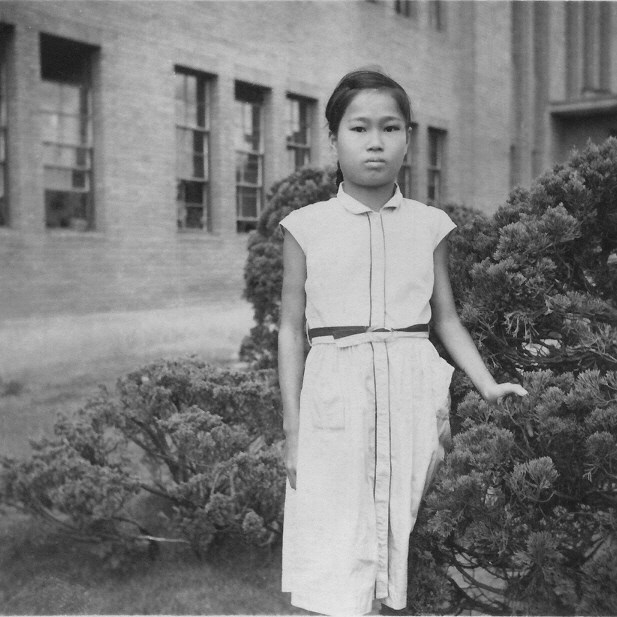
Sadako and her family resided a little over a mile from the hypocenter of the explosion. When Little Boy detonated above Sadako’s village, a brilliant white light shot across the city and a loud boom was heard miles away. Fires erupted all across the city almost immediately, and radioactive black rain began to fall from the sky. Sadako managed to escape the inferno with the help of her mother and brother. Sadako’s grandma had turned back to fetch some family artefacts from their house as she was leaving with Sadako and her family. She was never seen or heard from again. Sadako’s father, Shigeo, was not present when Hiroshima was bombed. After the attack, Shigeo was reunited with his family, while Sadako and her family returned to Hiroshima to rebuild their lives.
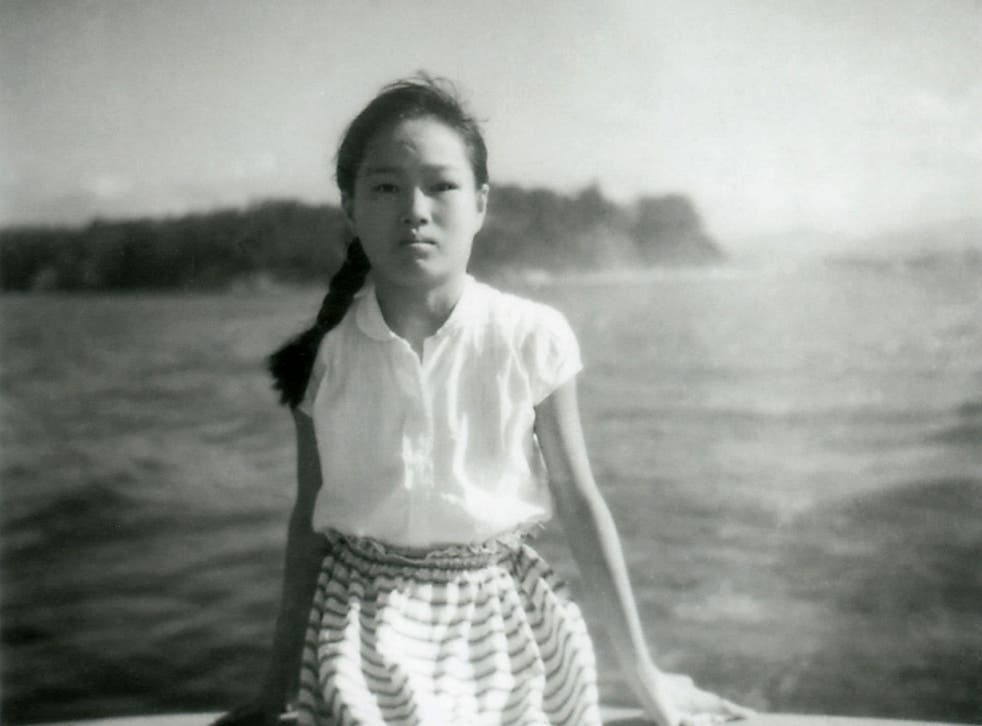
Sadako had been a regular, happy girl until she was in the seventh grade. However, she felt incredibly weary and disoriented one day during a school race that she helped her team win. Sadako grew increasingly disoriented, to the point that she fell down and was unable to get up. Sadako’s parents took her to the Red Cross Hospital to check what was wrong with her after her classmates told the instructor. Sadako was diagnosed with leukaemia. Leukaemia was dubbed the “A-bomb illness” at the time. The ‘A-bomb illness’ had a dismal survival rate, and Sadako was terrified.
The Optimistic Girl
Sadako stayed positive and strong while in the hospital. Sadako continued to provide joy and brightness to her family and friends despite her illness. Sadako was overjoyed when the Red Cross Youth Club presented origami cranes to Sadako and the other youngsters in the hospital. When Sadako inquired about the origami cranes, her father informed her about the Japanese crane mythology. A crane is thought to be capable of living a thousand years, and anyone who folds an origami crane for each year of a crane’s life would have their desire accomplished. Sadako was inspired by the narrative of the origami cranes. She found a new passion and purpose in making 1,000 origami cranes fulfil her desire of getting well again. Sadako started gathering hundreds of sheets of paper for her cranes.
Sadako’s room was quickly filled with hundreds of multicoloured origami cranes of all sizes. Sadako wished to be well again after folding her thousandth crane. Sadako’s request, however, was not granted. She remained unwell, but her trust in origami cranes did not wane. Sadako began folding additional cranes, her new wish being for her father’s debt to be forgiven. Sadako continued to fold cranes until she died, some as little as a grain of rice. She died at the age of 12 in October 1955, surrounded by 1,300 origami cranes in her chamber and accompanied by her family.
Children’s Peace Monument
Sadako’s family and friends were saddened by the loss. Sadako’s classmates decided to start a unity club to memorialise her and keep in contact after they all graduated, and the group flourished as students from 3,100 schools and nine other countries donated money to have a statue made to commemorate the numerous children who died as a result of the blast.
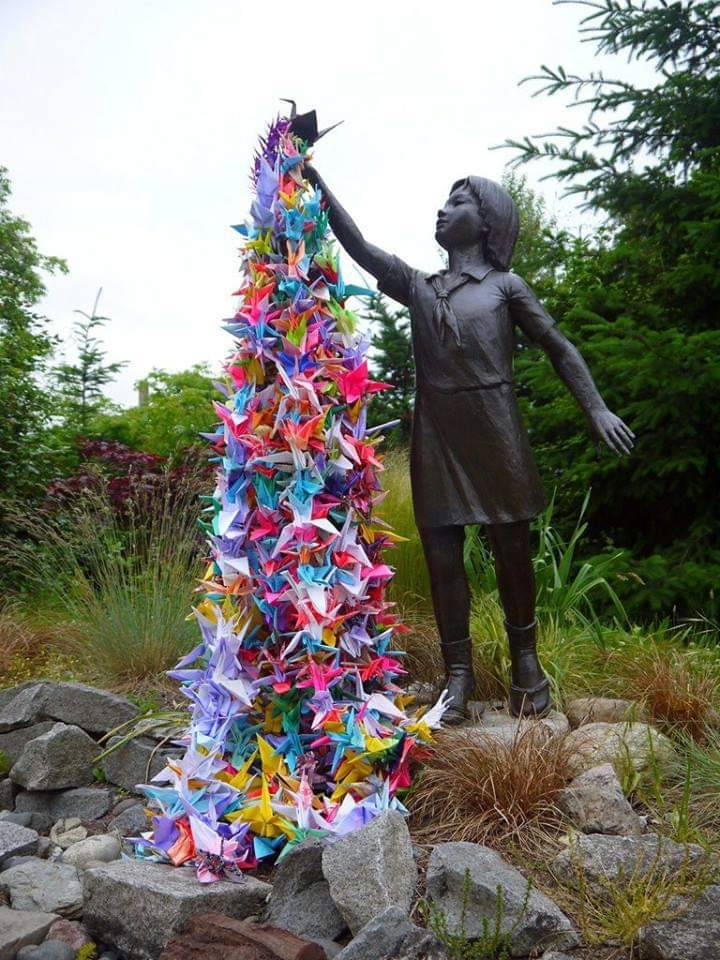
On May 5, 1958, nearly three years after Sadako’s death, enough funds were raised to erect a memorial in her honour. It is currently known as the Children’s Peace Monument, and it is placed in the heart of Hiroshima Peace Park, near the site of the atomic bomb’s detonation.

Sadako and her friends’ gesture of folding a crane grew into a national, then international, children’s peace movement. Children continue to send folded paper cranes to be placed beneath Sadako’s monument from all around the world. As a result, they fulfil the request written on the statute’s base:
‘This is our cry. This is our prayer, Peace in the world’
Sadako braved unimaginable adversity on her own for eight months. Sadako never admitted she was in agony in front of him or their parents, according to her only brother, Masahiro Sasaki. She kept her sobbing sentiments to herself and never sobbed aloud.
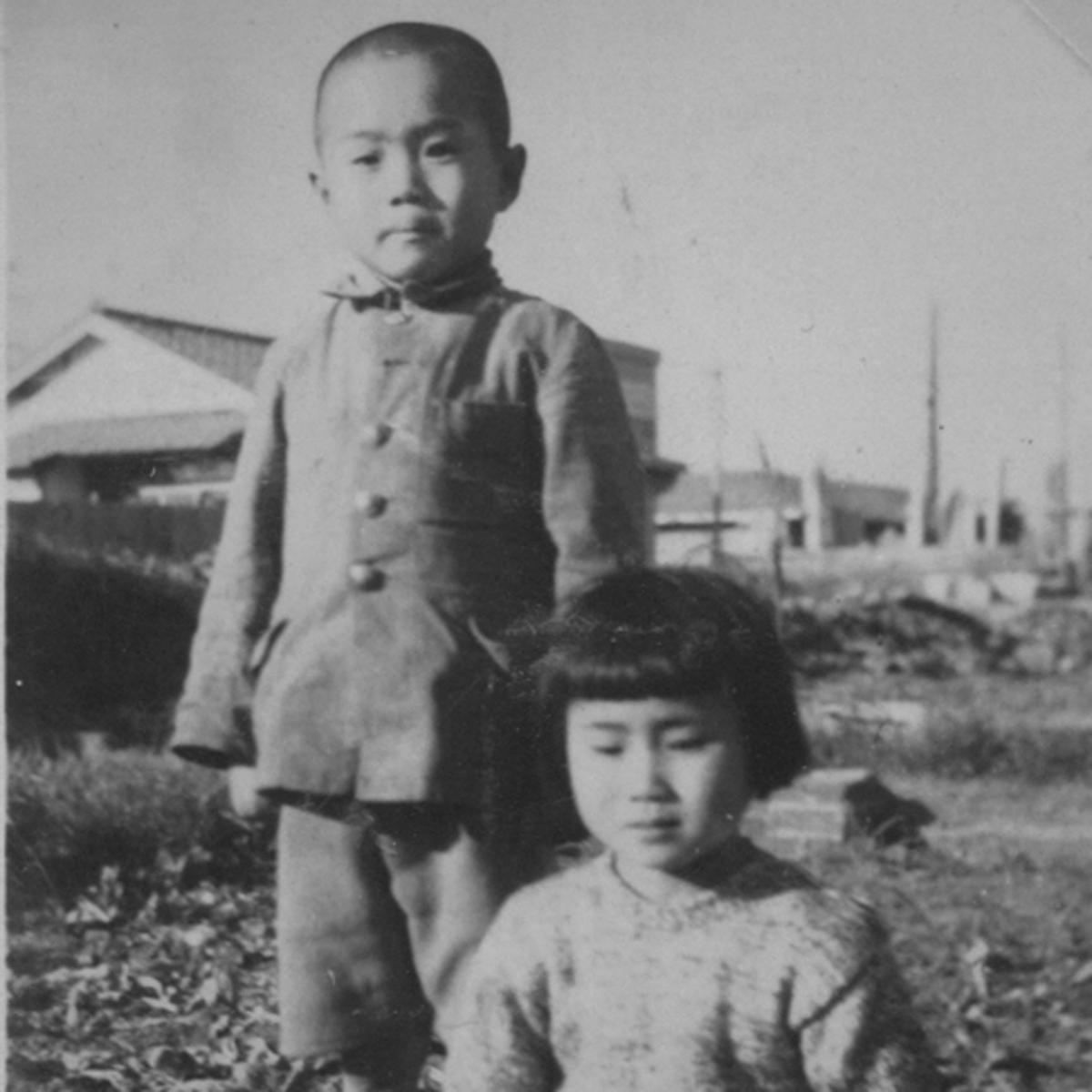
Despite her loneliness, she never turned to her brother or parents for help. Instead, she was devoted to folding paper cranes and communicating with them about her grief, misery, and suffering. She blamed the cranes for her worry and loneliness at being alone. Sadako proceeded to fold cranes every day, knowing she didn’t have much time left, and she did it without sadness or resentment. She didn’t just fold cranes for herself; she also folded them for her parents and family.
And because of the compassionate heart that Sadako had, it became a symbol. And today, the paper crane has become a symbol of a peace sign.
Sources: The Elders, History, NPS.gov, The Elders, Tokyo Weekender, The Elders, Dawn

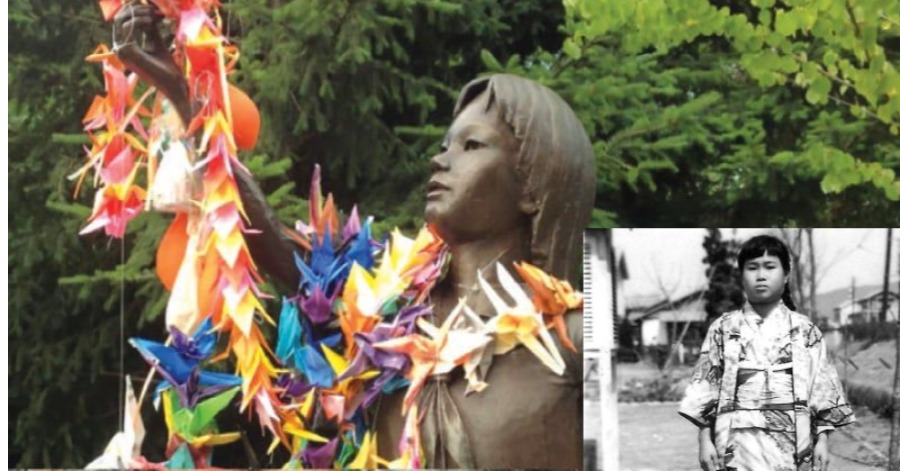
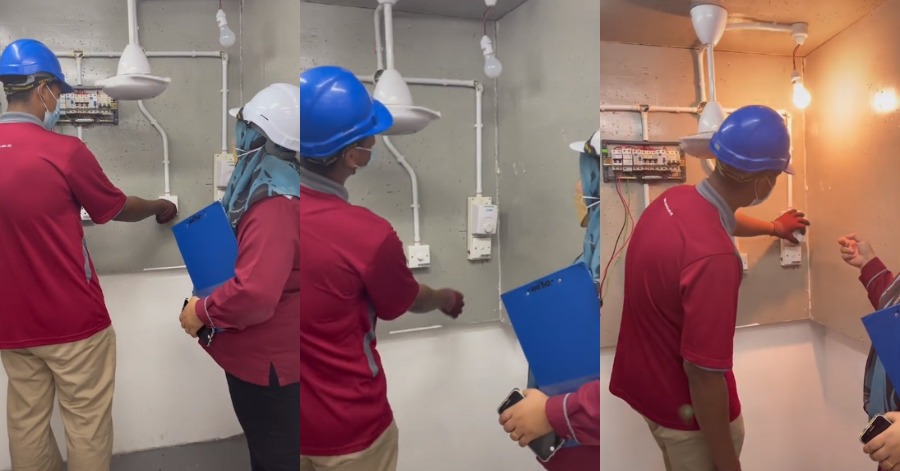
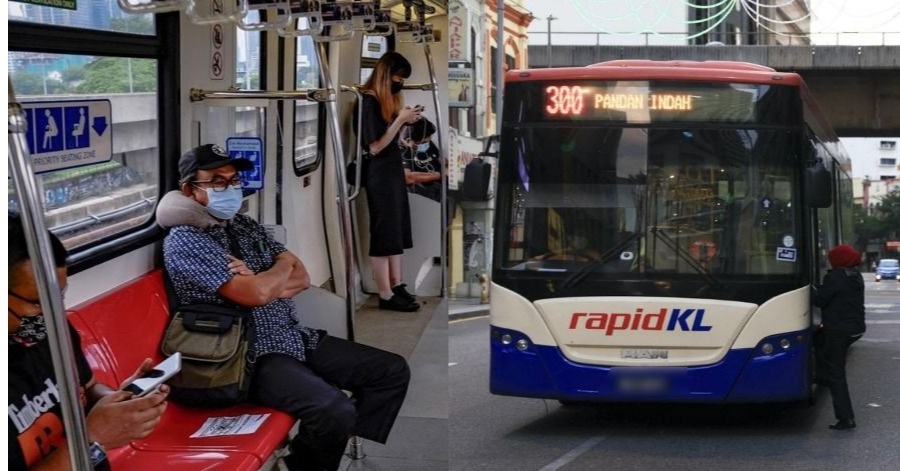
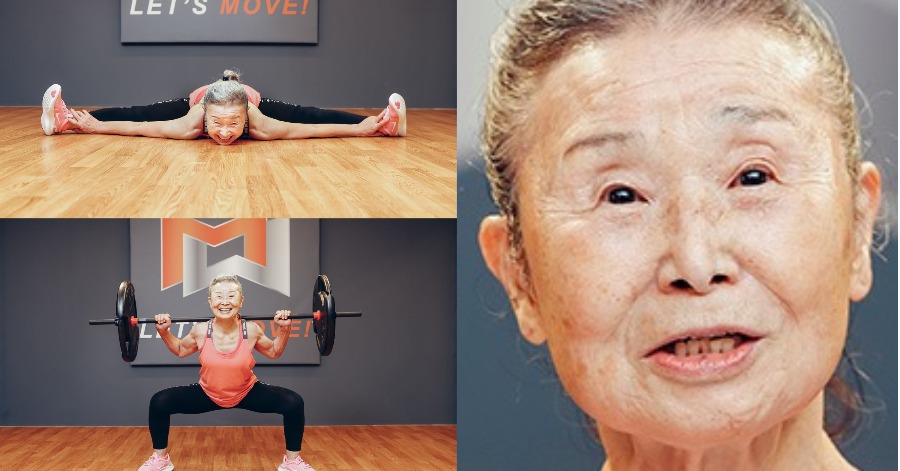
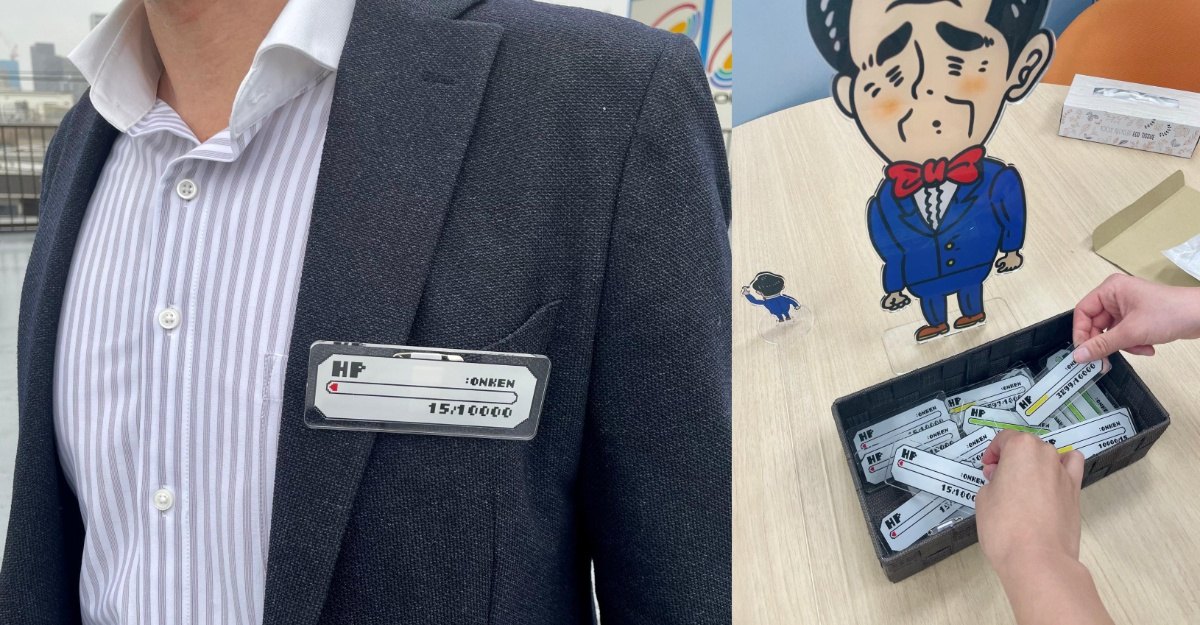
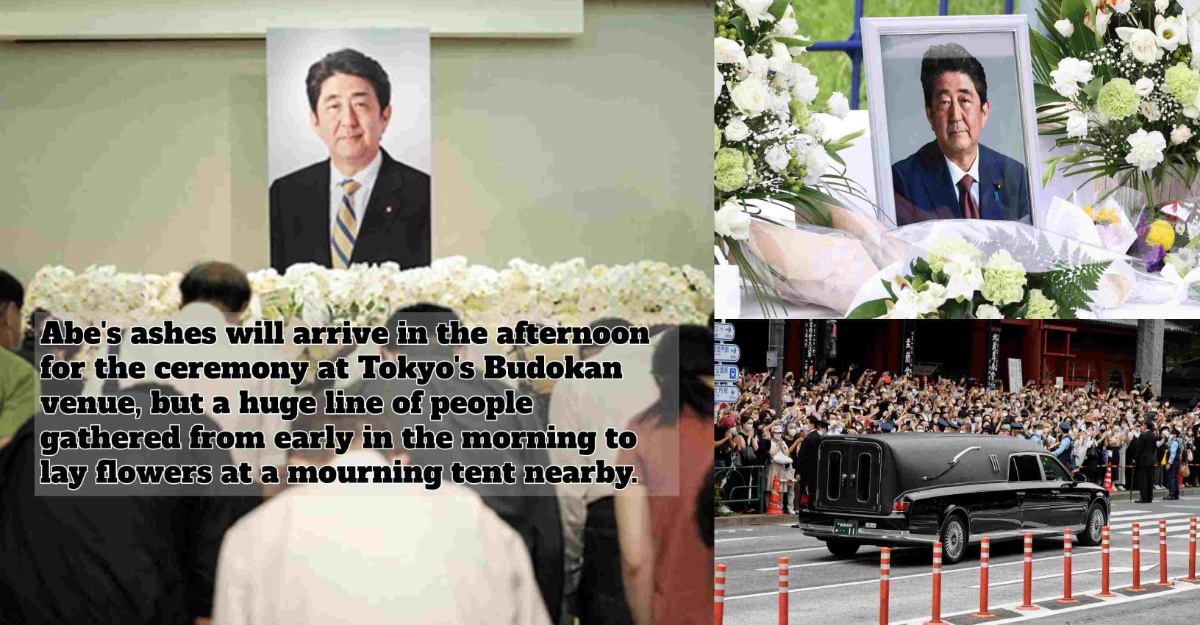
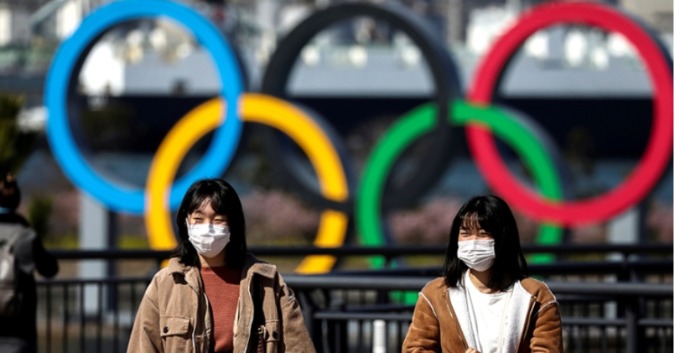
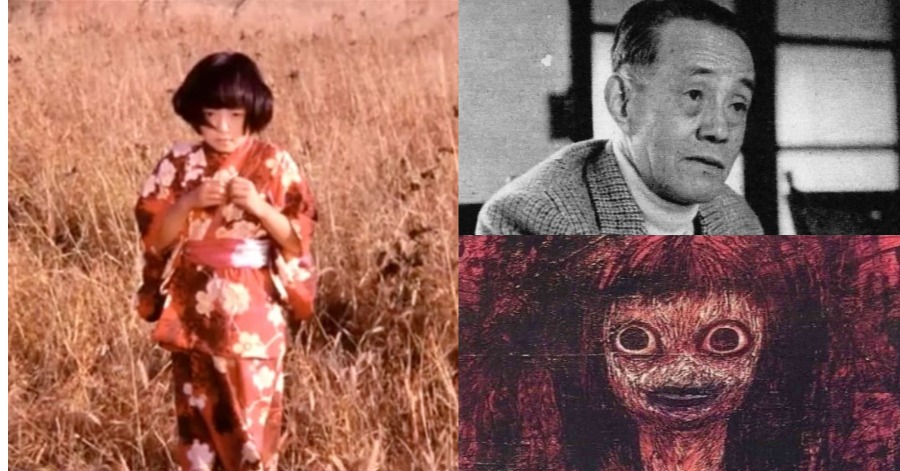
Leave a Comment